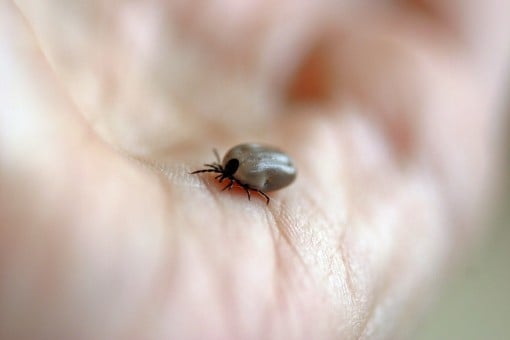
A Lyme disease vaccine? Yes, please.
Lyme disease treatment could get simpler thanks to a new vaccine that is on its way.
While nobody likes ticks, the infection is becoming increasingly common in the United States.
The Centers for Disease Control and Prevention says that over 30,000 cases of Lyme disease are reported every year. Not to mention, the actual rate is likely higher than the number of reported cases.
Lyme disease is a bacterial infection that is spread by infected black-legged ticks. Many people don’t even realize the risk of getting the infection and do little to protect themselves when they go outside.
It’s easy to overlook a Lyme disease infection. In many cases, the first sign of infection is a red rash marked by a bullseye. Over time, you might start feeling flu-like symptoms, such as fever, headache, body aches or fatigue.
Even so, unless you’ve seen a tick on your body, you might not realize the true cause of the symptoms.
Lyme Disease Vaccine Under Trial
In comes the Lyme disease vaccine.
Back in March of this year, a company called Valneva launched into a Phase 1 trial of a possible Lyme disease vaccine called VLA15. The trial tested 180 participants between the ages of 18-40 and has apparently had some success, according to Outbreak News Today.
The French company is now moving onto Phase 2 trials, which will be conducted sometime in the next part of 2018. Currently, there is no other research being pursued on a Lyme disease vaccination worldwide.
The Phase 2 trials will be conducted in the United States and Europe. Participants will include those infected with the bacteria causing Lyme disease. Previous Phase 1 subjects will also receive a booster vaccine if they completed the first 3 treatments of initial vaccination.
How Lyme Disease is Treated
A safe and effective vaccine is a welcome alternative to getting Lyme disease. This is especially true because it is an infection that needs immediate attention to reduce any long-term effects.
Currently, Lyme disease is treated using a round of antibiotics. Severe cases may need antibiotics delivered more rapidly through an IV. Usually, a doctor will prescribe the antibiotic treatment for 14 to 21 days to fight off the infection, according to the Mayo Clinic.
However, in some cases, patients may still experience joint aches or nervous system symptoms even after treatment.
This condition is called post-treatment Lyme disease syndrome (PTLDS). PTLDS may lessen over time, helping symptoms become more manageable for patients.
Although most cases of Lyme disease undergo successful treatment, the best possible scenario is to prevent it from happening altogether. If future trials of Valneva’s vaccine prove safe and effective, preventing Lyme disease will get that much easier.
Until then, the CDC recommends using a DEET-containing insect repellant when going outside and checking for ticks on a regular basis.
